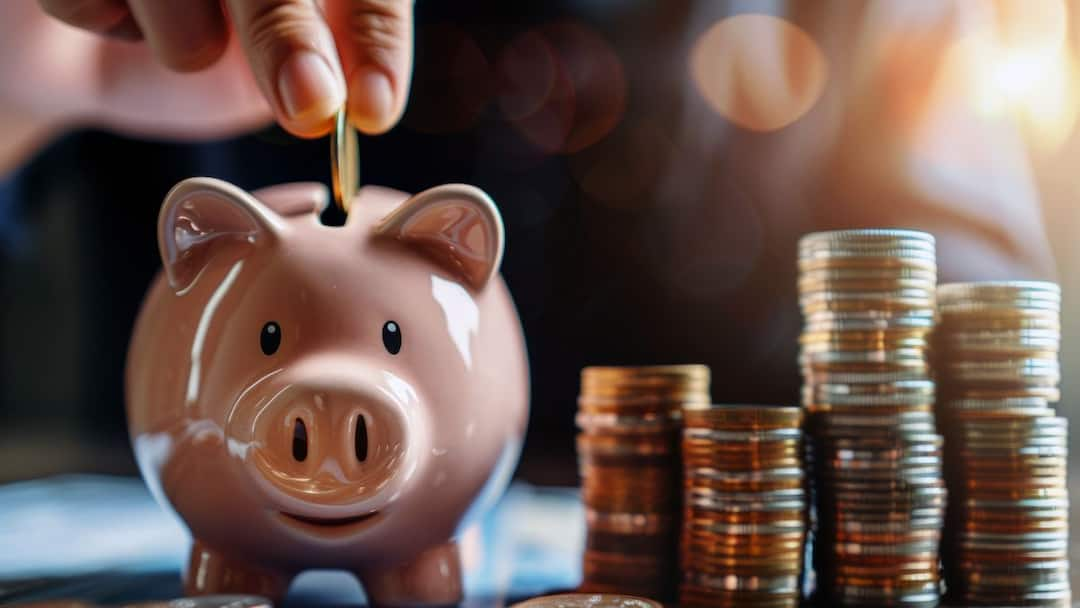As the year winds down, it’s worth checking how financially prepared you are. One of the simplest and most useful steps you can take before January arrives is to start an emergency fund. Think of it as a financial shock absorber – it’s money you can fall back on if life takes an unexpected turn. A sudden hospital bill, job loss, or car repair shouldn’t send you scrambling for loans or breaking fixed deposits. The good news is, you can start with a small buffer. Create a ‘mini’ fund that covers one or two months of expenses. The idea is to build a base which you can then grow over time.
Where to keep your fund
Safety and liquidity are priorities when you need funds. Your emergency fund should be easy to access when needed but not so easy that you dip into it for routine spending. Recurring Deposits (RDs) are a good starting point. They allow you to automate monthly savings and earn around 6–7 per cent interest.
Sweep-in Fixed Deposits linked to your savings account are also handy. They convert idle balances into FDs and back automatically when you withdraw. If you’re comfortable with mutual funds, liquid funds are a good alternative. They invest in short-term debt instruments and offer steady, low-risk returns.
Automate and forget
The best way to save is to automate it, instead of waiting to save whatever left after spending. Set up a standing instruction or SIP right after your salary hits your account. Even Rs 5,000 – Rs 10,000 a month, diverted automatically into an RD or liquid fund, will grow quietly.
For instance, starting in December with Rs 7,500 a month means that by next year end, you’ll have saved about Rs 90,000, which may be sufficient to manage most emergencies without borrowing. Automation helps you stay consistent and avoids the urge to skip savings.
Start small, stay steady
You don’t need to overhaul your lifestyle to save. Start small by skipping a few fooddeliveries or impulse online orders to free up some money. Cutting back by even Rs 2,000 a month adds up to Rs 24,000 a year. Remember, small savings today can yield bigger savings in the future, along with peace of mind.
Keep it separate
Avoid mixing your emergency fund with your regular account. Create a separate savings account or park it in a liquid fund that allows instant withdrawal. While it’s crucial that you have access to this reserve quickly, don’t confuse it with your spending balance. Building an emergency fund isn’t about how much you earn, but how willing you are to start.
You’re saving for future stability, not luxury. Even small, steady savings today can spare you stress tomorrow, which can be priceless.


